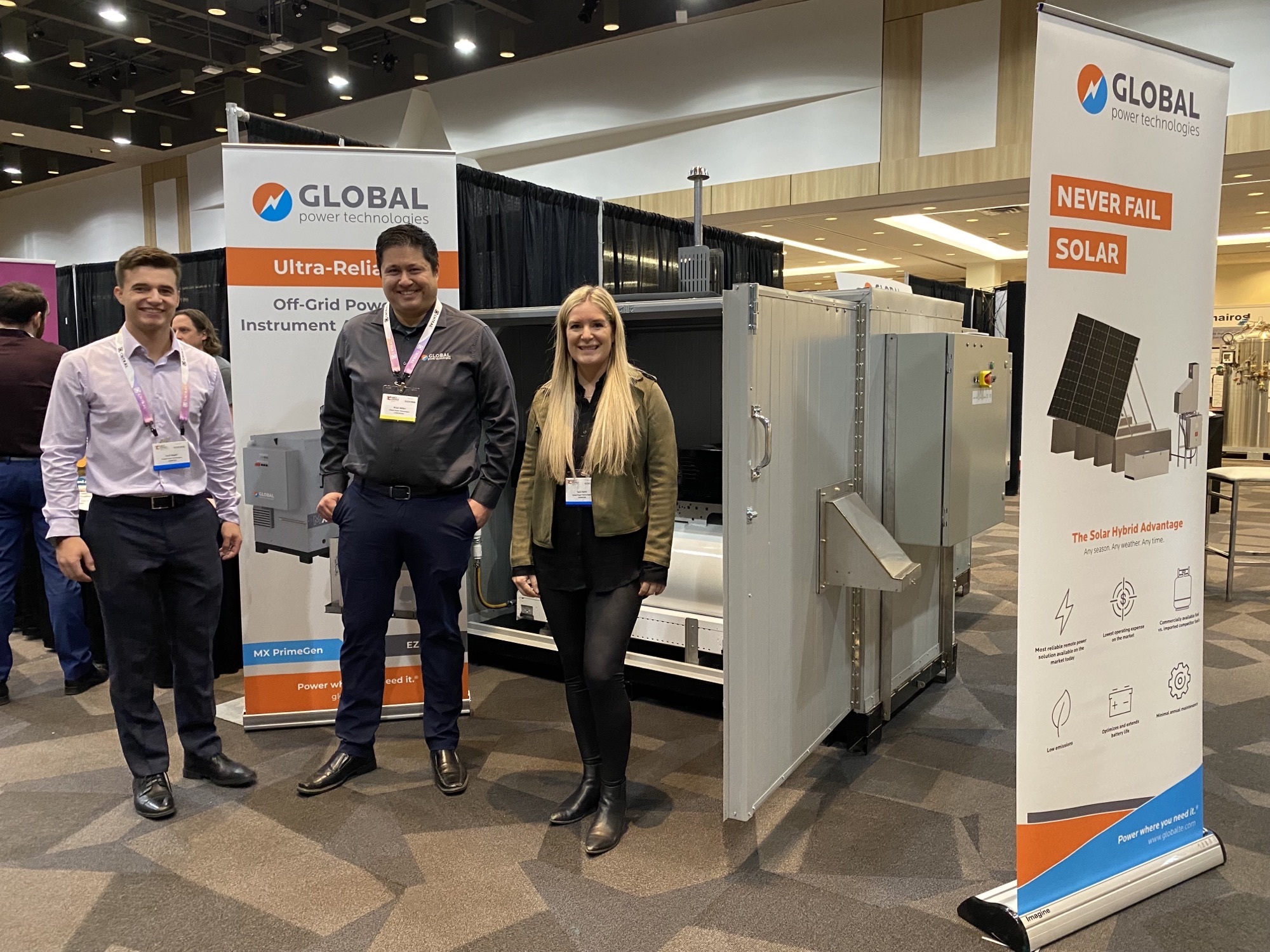Last week I attended PTAC’s (Petroleum Technology Alliance of Canada) NetZero conference in Calgary. There were content streams on hydrogen, carbon sequestration, and nuclear, but the area that we were most interested in was the methane emission reduction stream.
Detection and measurement of methane is challenging – and if you’re not sure of the baseline, then how certain can you be about the percent reduction you have achieved? While the research is ongoing, all the panelists agreed that the current baselines are underestimated, and the actuals may be off by 25-85%. Engineering calculations on known venting sources may be available, but often there are more sources of fugitive emissions than originally calculated, so the actual total emissions are higher. Matthew Johnson and his research team from Carleton University are conducting some fascinating data collection and interpretation to provide statistically-significant measurement tools with expected variability based on the source of emitters Research (carleton.ca) - I’m looking forward to future reports from his team!
Innovative new solutions to detect methane, which will help with measurement, were highlighted. With some past work experience in satellite development, I found the GHG Sat solution for mapping methane concentrations from satellites and airplanes particularly compelling. An image showing methane emissions drifting in the wind from known emissions sources was fascinating – now we can “see” the impact our industries have on the planet, and visually confirm the improvements we make. The recent NordStream pipeline damage was shown as one example of how quickly and accurately gas leaks can be monitored and measured in real time. GHGSat measures its largest emission from a single source ever from Nord Stream 2 leak - GHGSat.
Collaboration across industry, academia and government was applauded, and many of the successful research or implementation projects have received funding from federal or provincial entities. Some of these projects reviewed the gains the industry has achieved in low-hanging fruit, with instrument air systems being one such example that GPT is very familiar with. The achievements were supported, but led us full circle back to pondering whether we are really achieving the results we believed because the baseline measurements were flawed, and the actuals are still a challenge to capture.
Once the low-hanging fruit solutions are entrenched across the industry, the next step in emissions reduction will have more challenges. Various sources of venting, including surface casing vent flows, compressor seal venting and tank venting, were discussed to find out what work has started and what more can be done. Vent flows are difficult to capture or destruct because they are low pressure, intermittent, and have highly variable flow rates. Methane destruction could be a positive step towards lowering greenhouse gases from these vent sources, and over time the technology will develop to find other ways to capture these vent flows instead of destroying them.
The conference was positive overall - we celebrated the achievements made to date and acknowledged that we still have much to learn. We have seen that funds are available to solve tough challenges, and operators or producers are there to help with field trials and tests. There is much opportunity for those with creative ideas to destroying, capturing, and one day, redeploying methane so that North America can be among the cleanest natural gas providers in the world.

